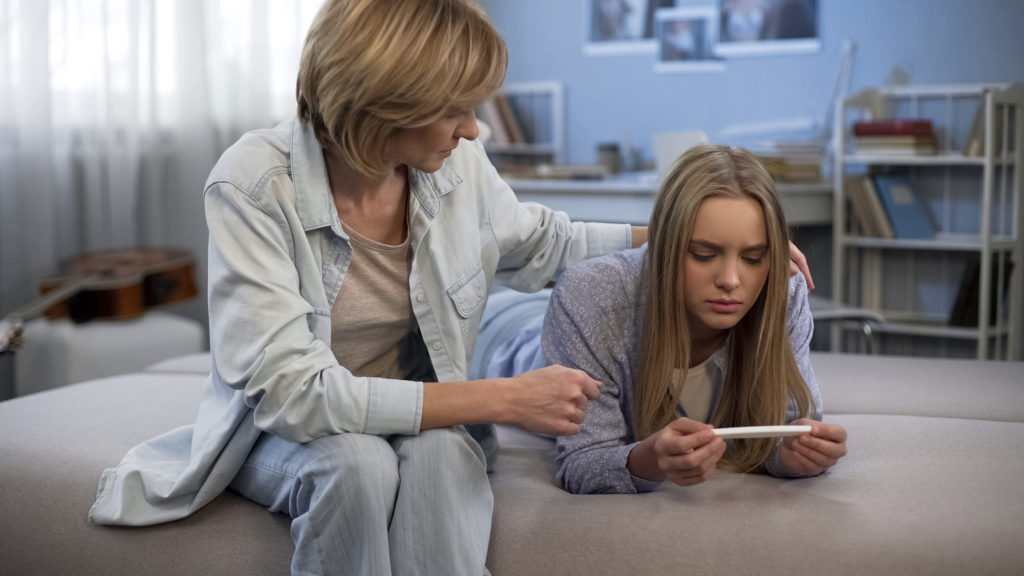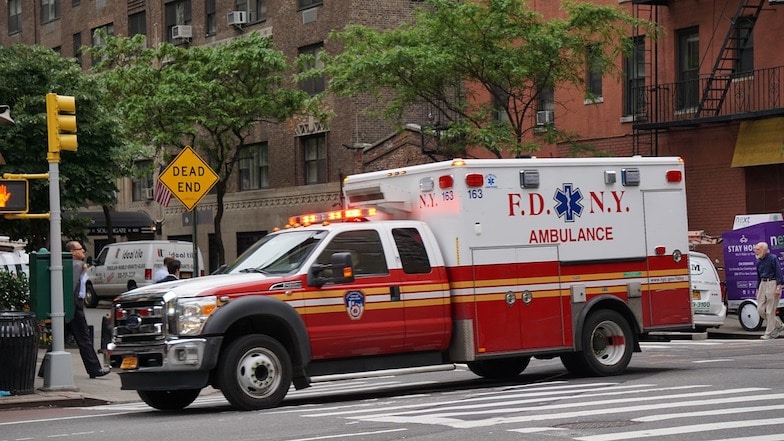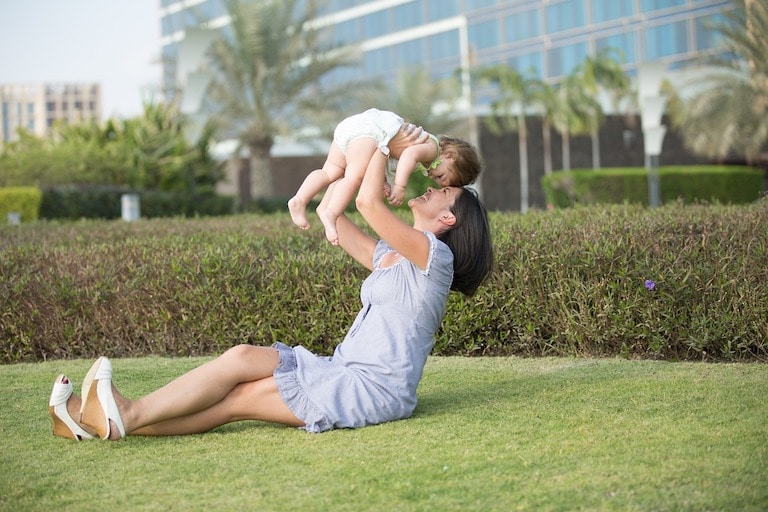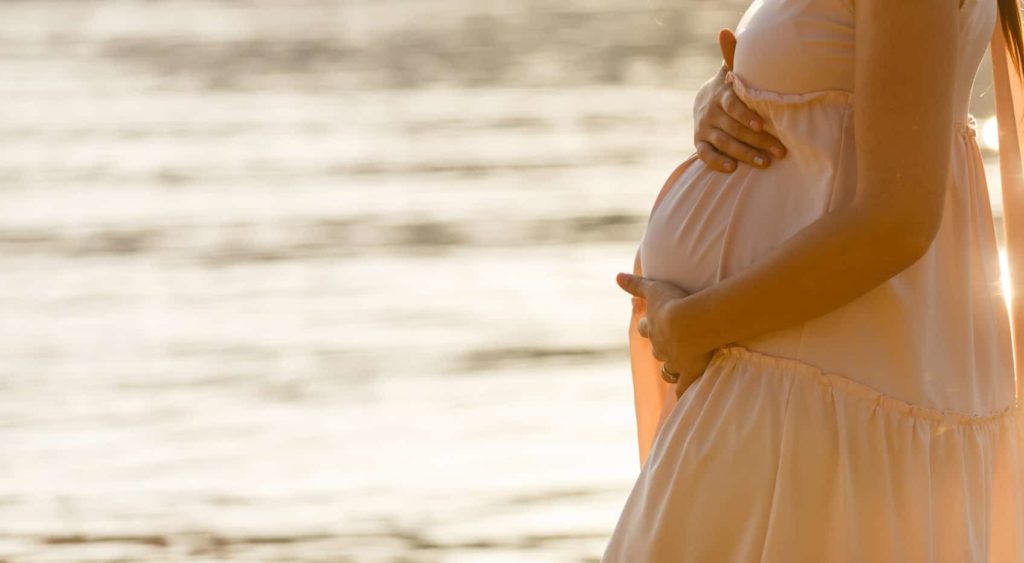By Susan Ciancio
Scared. Trapped. Confused. Lonely. Unsure where to turn for help. These are just some of the emotions that new moms feel when they find out they have become unexpectedly pregnant. And these are all perfectly normal emotions.
It’s frightening thinking that you don’t have options. It’s scary not knowing where to get help. But when you’re almost paralyzed with fear of the unknown, and when anxiety takes over your reasoning and your emotions, you may fall prey to the advice or the demands of the people around you. Yet you must also realize that those people may not always have your best interests at heart. And they may not understand or care that a preborn baby is a human being who should be protected.

That’s why it’s so important for women to know that there are options out there—options that do not involve taking the life of a baby.
We know that the reasons women have abortions are many and varied. And we know that the pro-abortion advocates like to push untruths.
So beware! Do not fall for the following abortion myths:
- “Abortion is safer for the mother than childbirth.”
- “Abortion is necessary to save the life of the mother.”
- “Abortion is the right thing to do when a baby has a diagnosis of some kind of birth defect.”
- “Abortion is okay when the baby is a result of rape or incest.”
- “Abortion is less expensive than adoption.”
But none of these are true. We explain why.
Abortion Is Not Safer than Childbirth
A February 2012 article in the American Journal of Obstetrics and Gynecology claimed that “the risk of death associated with childbirth is approximately 14 times higher than that with abortion.” Yet Priscilla Coleman, Professor of Human Development and Family Studies at Bowling Green State University, says that the study was a “‘dangerous distortion’—and deliberately misleading.”
Why is this so?
Coleman cites numerous reasons, including the fact that abortion businesses aren’t required to report abortions, and several states don’t report abortion-related deaths. She also states that deaths by suicide after the abortion are rarely linked to the abortion, nor are deaths that come as a result of the “physical or psychological disturbances” a woman often faces in the years following her abortion.
In addition, Coleman states that the study in reference “does not consider the 13% of abortions occurring after the first trimester, where mortality rates range from 14.7 to 76.6 per 100,000 (for abortions done at 14 and 21 weeks, respectively).”
According to Coleman, a “more accurate way of comparing mortality rates combines the records of women’s reproductive history with mortality reports. Such a study in the United States showed women who had abortions to be 62% likelier to die within eight years than women who bore children” (emphasis added).
To further understand the danger of abortion, we can refer to Operation Rescue, which keeps track of mothers injured or killed by abortion. In a recent news story, Operation Rescue tells us that an abortion clinic in Little Rock, Arkansas, placed its 68th call for an ambulance in March.

That’s just one clinic. Yet we see story after story after story of women needing emergency medical assistance after an abortion.
These reports prove that abortion is not safe for the mother. And it’s always deadly for the baby.
Abortion Exceptions
Even legislation that claims to be pro-life often allows for exceptions to abortion laws when a doctor deems it necessary to save the life of the mother. Yet pro-life doctors have explained repeatedly that a doctor never has to intentionally kill a baby to save the mother.
Further, abortion advocates teach that abortion is acceptable—even encouraged—if the baby has a fatal diagnosis or a diagnosis of some kind of birth defect. But countless parents have carried babies with these diagnoses to term, and while they may not be sure how long the baby will live, or how to take care of the baby’s needs, they know how to love. And they believe that every moment of that child’s life is precious.
Abortion advocates also teach that mothers should not have a baby who was created as a result of rape or incest. Yet we see numerous stories of these brave women who understand that the violence of abortion does not wipe away the violence of the act that created the baby. It just adds to the trauma. As one mother says: “It didn’t matter then, and it doesn’t matter now, how she was created. My daughter was born very much loved. Her birth was a beautiful thing—a moment I will always treasure.”
Regardless of how a baby is created or how healthy he is, his life is valuable.
Abortion Is More Expensive than Adoption
Birth mothers often worry about the expense of adoption. But the birth mother does not have to pay anything for the process. Usually, if she goes through an agency, the agency will pay for her medical bills. It can even provide food, shelter, and other financial assistance if necessary.
In addition, adoption agencies know that it can be traumatic to give up a baby. Hence, “organizations like American Adoptions will even pay for counseling for the birth mother after the adoption is final.”
Adoption is called “the loving option” because not only does it allow the baby to be born, but it gifts a mother and a father with a family they’ve desperately wanted.
Adoptions today are not like they were many decades ago. A birth mother can look through a list of prospective parents and choose the “perfect” ones for her baby. Further, she can choose between a closed adoption, where she has no knowledge of the baby’s life, or an open adoption, where she chooses how much contact she will have with the family. She can get updates on a regular basis from the adoptive parents. She can receive pictures. She may even be able to spend time with the child. This allows her to have peace of mind that her baby is growing up in a stable and loving family.

Legal Guardianship
Legal guardianship may be an option for a mother if she needs some time to get her life in order before she cares for her child. This option does not permanently give her baby to a family, like in an adoption. It gives the baby a stable place to live for a period of time. Though the guardians do have the right to make decisions for the child, the mother can remain a presence in her child’s life.
According to the US Department of Health and Human Services, legal guardianship is
one of the options available to parents who are planning for the care of their children in their absence due to a variety of situations, such as illness or incarceration. It allows parents to name a caregiver and to give the caregiver certain legal rights regarding the care of the child(ren). In most cases, the parents’ legal rights are not terminated and the parents still play a role in their children’s lives. Legal guardians have custody of the children and the authority to make decisions concerning the protection, education, care, discipline, etc.
The child is able to maintain family connections while having the stability of a permanent home with a caregiver who has demonstrated a commitment to caring for the child.
A mother may choose legal guardianship if she is battling an addiction, trying to get away from an abusive partner, or some other reason. This hands-off approach allows the mother to make positive changes in her life before taking care of her child.
Parenting
There are many times in life when we do things we never thought we would be able to. Parenting is one of them. Even parents who are married and in a stable place financially worry about whether they will be good parents, so it’s natural that an unmarried mother and father or a single mother will be worried about parenting.
Choosing to be a parent is one of the greatest gifts imaginable. However, the reality is that parenting isn’t always easy. In fact, it can be extremely difficult.
That’s why pro-lifers want women to know they aren’t alone and that there are people and organizations available to help.
Crisis Pregnancy Centers
Crisis pregnancy centers exist to help moms and their babies. They offer numerous services, including helping women obtain housing or even providing temporary housing. These centers offer pre- and post-natal care, baby equipment, legal assistance, and financial support, and many even help women further their educations.
It’s all about love. When mothers go into one of these centers, they will be greeted cheerfully and supported lovingly.
Pregnancy center staff emphasize that all babies are a blessing. They help women realize that they can have a good life and still have a baby.
And these centers can be found throughout the country. According to Catholic News Agency, there are almost 3,000 crisis pregnancy centers in the US.
Final Thoughts
Pro-life pregnancy centers, adoption agencies, and other organizations that respect life want to be there to support mothers who are scared. They are there for mothers who fear the unknown. And they are there to offer tangible help.
That’s why it’s so important to get the word out about these alternatives to abortion.

If women don’t know they exist, they cannot get the help they need. And that’s when they feel trapped in an endless cycle of hopelessness, loneliness, and isolation.
But it doesn’t have to be this way. There are people who want to help. They help moms and babies every day.
And they do it out of love.
Resources
If you are in need of a pregnancy resource center, visit one of these sites:
- Mothers looking for help can find a map of crisis pregnancy centers at crisispregnancycentermap.com
- Places like the 1st Way Life Center offer help at any hour of the day.
- Catholic Charities has offices and programs for moms and babies throughout the country.
This article has been reprinted with permission and can be found at hli.org/resources/alternatives-to-abortion.